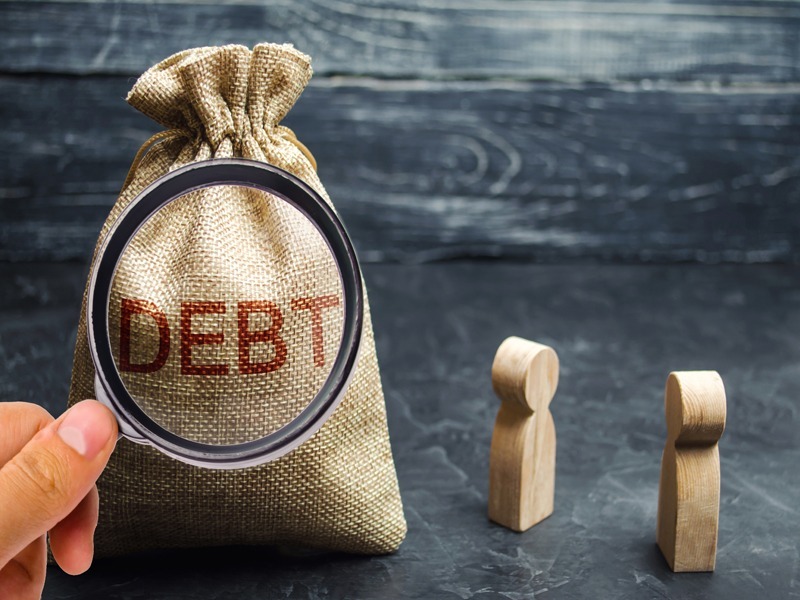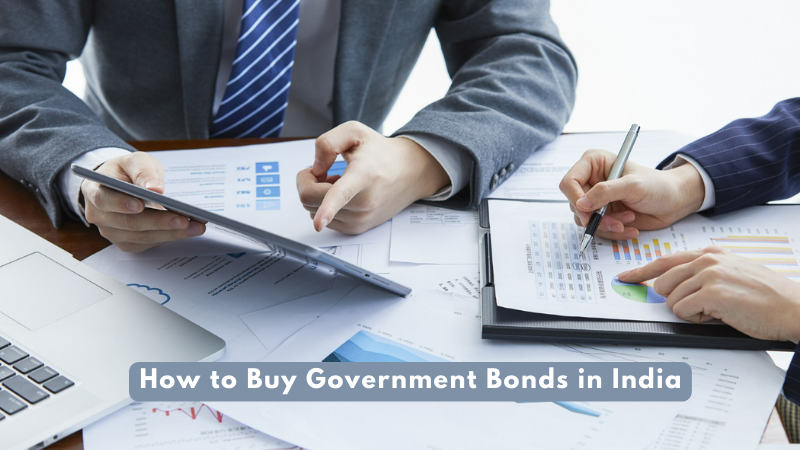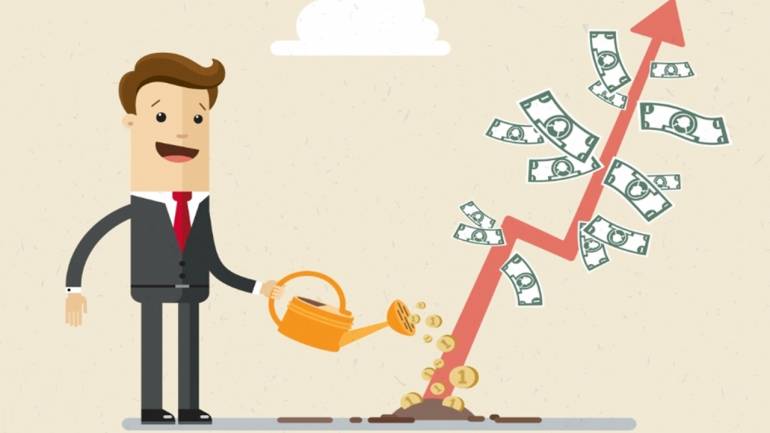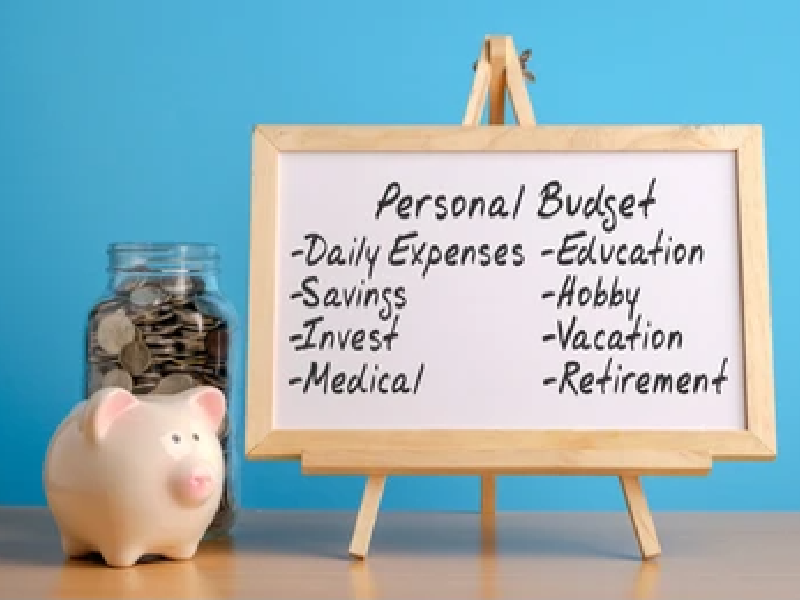
The ongoing Covid-19 pandemic has given many of us insights into the flaws in our financial planning. Many of us faced financial difficulties that popped out of the multiple lockdowns and the aftermath of the economic slowdown that followed. As 2021 comes to an end with reduced cases, higher vaccination numbers, but with the fear of the Omicron variant looming over us, many of us wonder whether we should have an optimistic outlook for 2022 or otherwise.
A common question that we should ask ourselves and try to address at the helm of 2022 is how do we cover for our financial losses if the pandemic rages on?
To begin with, investing should definitely be an individual’s top priority as it helps up one’s savings and also helps generate inflation-beating returns if planned well. However, investing requires a disciplined approach and must be done systematically.
Here are the top 8 things you can do to ensure a financially sound 2022 for yourself:
Prioritize your financial goals
Whether it is to close an open loan, fund your child’s education, buy a new home, or grow your wealth, noting down your financial goals will help in assessing whether you have sufficient capital to achieve them. While noting down your goals, it is important to arrange them as per their priority. Once you know what you need to aim for, you should also give specific timelines to your goals. This will help you estimate how long it will take to achieve each of your goals. Always be realistic when setting timelines. As an example, you may want to buy your dream home soon, but you must also consider the finances you will need to buy it and set a timeline against the goal accordingly.
Know your financial status
To begin 2022 on a financially positive note, you need to know your present financial status.
This will help in knowing the time left to achieve your goals and also the distance between the current and future goals. Checking your financial status includes knowing how much you currently owe and own and how much you must invest to meet your goals.
By deducting current and near-future financial obligations from current income, you’ll know how much cash you have that can be invested towards your future.
Pro tip: Having a clear plan by drawing up a budget for your monthly expenses can help you assess your financial status.
Set up an emergency fund
No matter your age, emergencies can pop up at any time. One of the most glaring examples is the Covid-19 pandemic and how it impacted many livelihoods. To ensure a financially sound 2022 and the future, you must set aside some of your earnings as an emergency fund which is to be used only in case of a genuine emergency. It can help you deal with some unforeseen events such as job loss, medical emergencies, etc without hampering your income flow.
Gauge your risk-taking ability
In the investment world, the higher the risk, higher the returns. Every investment portfolio will carry some level of risk. In 2022, aim to set up an investment portfolio that corresponds to the risk you are comfortable with. For Ex: Investments in stocks can be riskier than investments in debt, so if you are not comfortable with higher levels of risk, you could invest a smaller percentage in equities and a higher percentage in debt. Taking your risk into account helps you make better investment decisions depending on your income levels, financial obligations, dependent family members, age, etc.
Diversify to contain risks
You may be tempted to allocate all your funds into one or few investment avenues for convenience. However, this can significantly limit the growth of your available capital and also heighten the portfolio’s risk.
For example, investing in a fixed deposit may provide returns, but these may not necessarily be inflation-beating returns. Thus, the very purpose of investing may not be served if you simply invest in a fixed deposit alone. The pandemic showed us the level of economic slowdown it can bring. It is therefore sensible to manage your investment portfolio in 2022 such that it helps you be better prepared to handle any economic slump.
Protect yourself with health and life insurance
The assumption that life and health insurance covers are needed only for those who are nearing retirement or are aging is false. There are in fact, many benefits attached to getting insured early on in life. For one, you pay a far lower premium towards insurance when you are young. A term insurance cover that makes for 10-15 times your annual income can go a long way in helping you be prepared for a financially sound future.
It is equally important to note that without a health insurance cover, you may end up spending a significant amount of money in case of hospitalisation. Considering we all know how the pandemic has surprised many of us with sudden hospitalisations, it is safer and a financially sound decision to get health cover for yourself and your family.
Focus on liquidity
During economic slumps, liquidating our investments can be challenging. Even if you have some amount of emergency funds, you must plan your investments such that you don’t end up paying penalties to liquidate them during times of need. Take, for example, ELSS and real estate investments. While the former may result in penalties if liquidated before lock-in period and the latter may not find enough buyers during economic slowdowns.
Opt for a combination of active and passive funds
While investing in mutual funds, ensure to invest in both active and passive funds to ensure sufficient diversity in your portfolio. While active funds allow you the opportunity to fetch higher returns through dynamic market conditions, passive funds reduce the expense ratio, thereby allowing higher gains in the long run. ETFs and index funds can also offer exposure to the capital markets by following a benchmark index performance.
Pro-tip
If you have been averse to having exposure in the capital markets, think again. This is the time to invest in stocks, especially considering the long-growth term opportunities that some of the sectors may offer. If you have already been investing in stocks, make sure to diversify your investment by combining large-cap, mid-cap, and small-cap investments.
Conclusion
While investing in 2022, look for avenues that can provide higher than average returns but also remember to sufficiently research before investing. Informed investment decisions will go a long way in providing a financial cushion, no matter the economic situation. As the near future looks unclear, make sure to save enough to avoid financial distress at any point.
Some of the top investment options for 2022 include mutual funds, equity, government schemes, and PPF. One can choose these depending on personal investment preference.
Depending on your financial goals, you can choose a combination of both short-term and long-term investments within your portfolio for 2022. This will help in balancing the risk return elements of your portfolio.
Debt mutual funds offer fixed returns and carry lower risks. Equity funds come with higher risk but may offer higher returns as compared to debt funds. Both debt and equity funds can be included in a portfolio to balance the risk and returns.
Passive funds like ETFs and index funds are ideal for new investors since these follow the benchmark index composition and performance while charging a low expense ratio.
To ensure sufficient financial liquidity in 2022, invest in avenues which allow easy conversion to cash, such as mutual funds, bank deposits, etc.





















